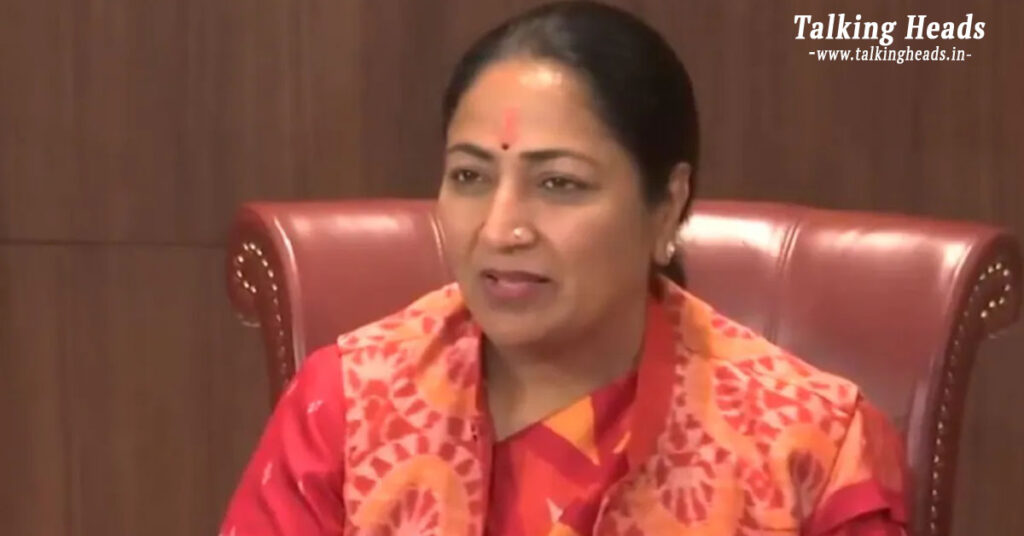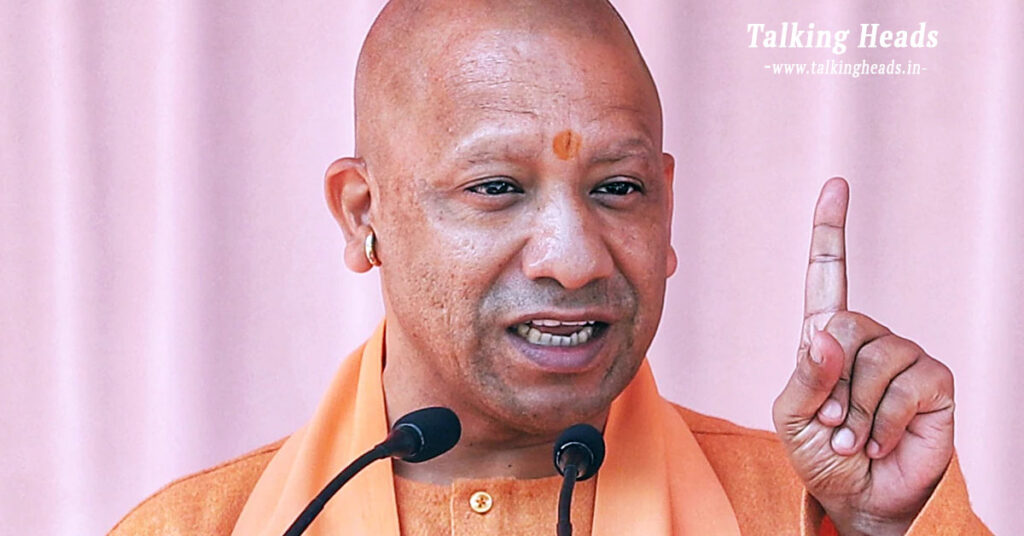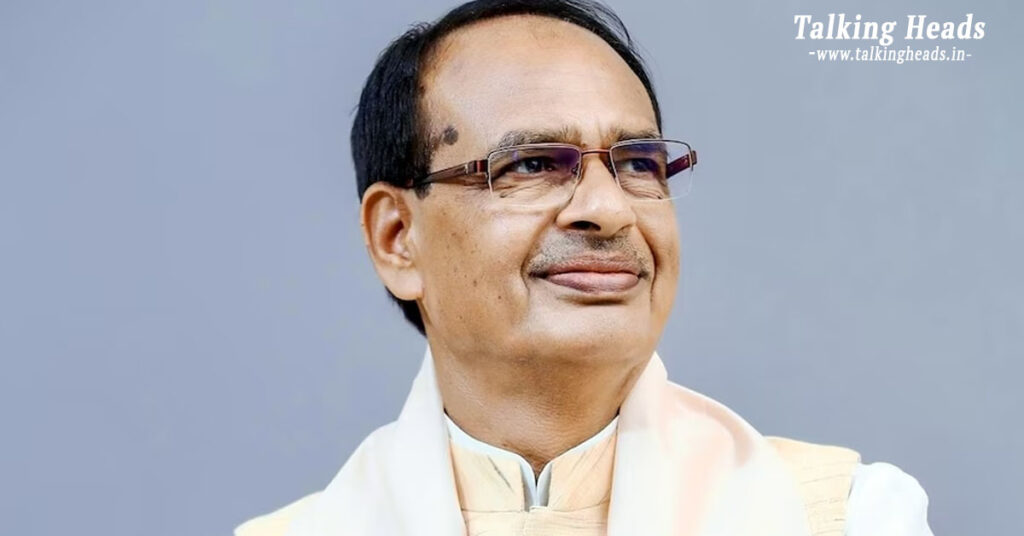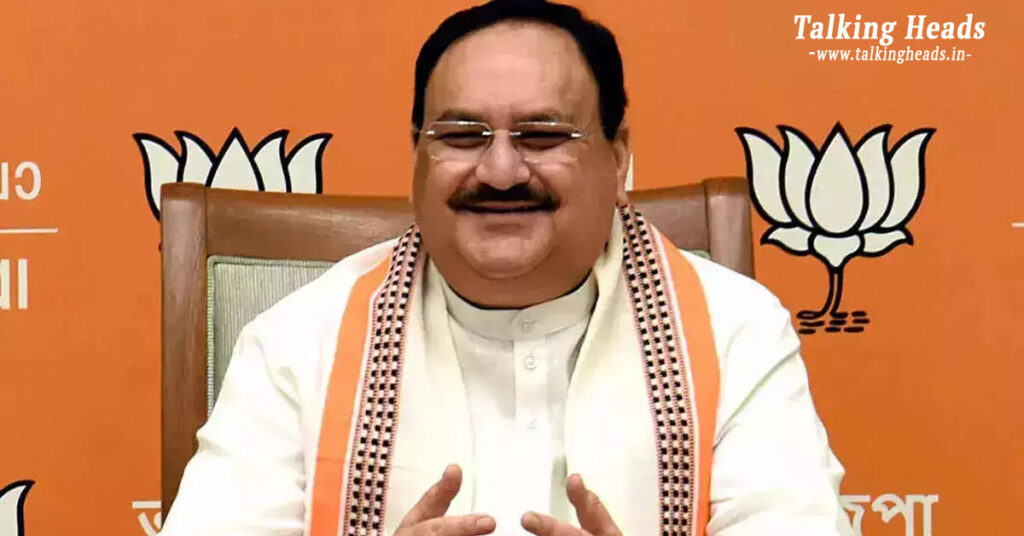The Bharatiya Janata Party (BJP) has consistently surprised political observers by appointing relatively unknown faces to the position of Chief Minister (CM) in various states. In this article, we delve into the reasons why Prime Minister Narendra Modi and Amit Shah prefer new, less publicized leaders over established names for the role of CM.
Table of Contents
Modi: BJP’s Tradition of Appointing New Faces
BJP’s tradition of appointing fresh and lesser-known faces as Chief Ministers continues to surprise political circles, as seen with the appointment of Rekha Gupta as Delhi’s CM. She is a first-time legislator, yet was given the top post, even though more well-known leaders like Pravesh Verma were in the running. This trend has been a hallmark of BJP’s leadership strategy, beginning with the 2014 general elections and continuing through to the latest elections in 2023.

A Strategy Born Out of the 2014 Victory
After BJP’s overwhelming victory in the 2014 Lok Sabha elections, the party entered a new era under Modi’s leadership. The selection of CMs in the states following this success, such as Haryana and Maharashtra in 2014, set the stage for a new tradition. In Haryana, BJP chose Manohar Lal Khattar as CM, despite more prominent leaders like Ram Bilas Sharma and Captain Abhimanyu. Similarly, in Maharashtra, Devendra Fadnavis was appointed CM, continuing the trend of favouring new faces.
Recent Examples of Surprising CM Appointments
The pattern continued in subsequent years. In 2017, after BJP’s victory in Uttar Pradesh, the party made a surprising choice by appointing Yogi Adityanath as CM, despite names like Keshav Prasad Maurya and Manoj Sinha being considered. In 2023, after BJP won in Madhya Pradesh, the party shocked observers by appointing Mohan Yadav as CM, bypassing long-serving leaders like Shivraj Singh Chouhan. Rajasthan also saw a similar shift when Bhajanlal Sharma, a relatively unknown face, was appointed CM instead of prominent leaders like Vasundhara Raje.

BJP’s Calculated Move to Appoint Fresh Faces
Why does BJP favour appointing new faces, often to the surprise of political analysts? Experts believe there are two key reasons driving this strategy:
- Minimizing Challenges to Modi’s Leadership
Since Narendra Modi became Prime Minister in 2014, the BJP has made it clear that the party’s leadership is firmly in his hands. By appointing new faces as Chief Ministers, the BJP avoids the rise of regional leaders who could challenge Modi’s dominance. This prevents potential splits within the party and strengthens Modi’s position as the undisputed leader of BJP.
Shifting to a New Generation of Leaders

BJP’s leadership selection has also been about passing the baton to the next generation of leaders. In states like Madhya Pradesh, Rajasthan, and Chhattisgarh, the long-serving CM faces were replaced with fresh, younger leaders. This generation shift was necessary as many established leaders, such as Shivraj Singh Chouhan and Vasundhara Raje, were either nearing the end of their political careers or had exhausted their appeal. In newer BJP strongholds like Assam and Tripura, the selection of leaders like Sarbananda Sonowal and Himanta Biswa Sarma further exemplifies this generational transition.
BJP’s Calculated Political and Social Moves
This focus on new leadership also ties into BJP’s broader strategy of addressing caste dynamics and broadening its voter base. Under Modi’s leadership, BJP has effectively expanded its support among OBCs and SC-ST communities. The party’s OBC vote share, for instance, increased from 18.6% in 2009 to nearly 44% in 2024, while its SC-ST vote share also grew significantly.
By appointing new leaders from various backgrounds, BJP also aims to build a more diverse political identity. The leadership shift is not merely about new faces; it’s a calculated effort to align the party’s leadership with the demographics of each state. This allows BJP to broaden its appeal and create a lasting political presence.
The Role of Ground-Level Support and Local Influence
BJP’s decision to appoint lesser-known leaders as Chief Ministers is also influenced by ground-level support. The party closely examines the local influence of potential leaders, including their ability to garner support from other legislators and their connection with the local population. By choosing leaders who have solid grassroots support, BJP ensures that it maintains its stronghold in key states and strengthens its chances in future elections.
BJP’s Message of Inclusivity and Equality

Another factor driving BJP’s choice of new faces is its desire to convey a message of inclusivity. By offering leadership positions to relatively unknown and lesser-profile politicians, BJP sends a strong signal that any party worker, regardless of their background, has the opportunity to rise within the party ranks. This egalitarian approach not only energizes party members but also appeals to voters who value merit-based leadership.
BJP’s preference for appointing fresh faces to the role of Chief Minister is a strategic move aimed at solidifying its leadership under Narendra Modi while also ensuring generational shifts in its governance. By choosing leaders who have strong grassroots support, BJP continues to expand its voter base, especially among OBC and SC-ST communities, while also promoting inclusivity within the party. As the party gears up for upcoming elections, this approach is likely to continue, with new faces leading the charge in key states.










